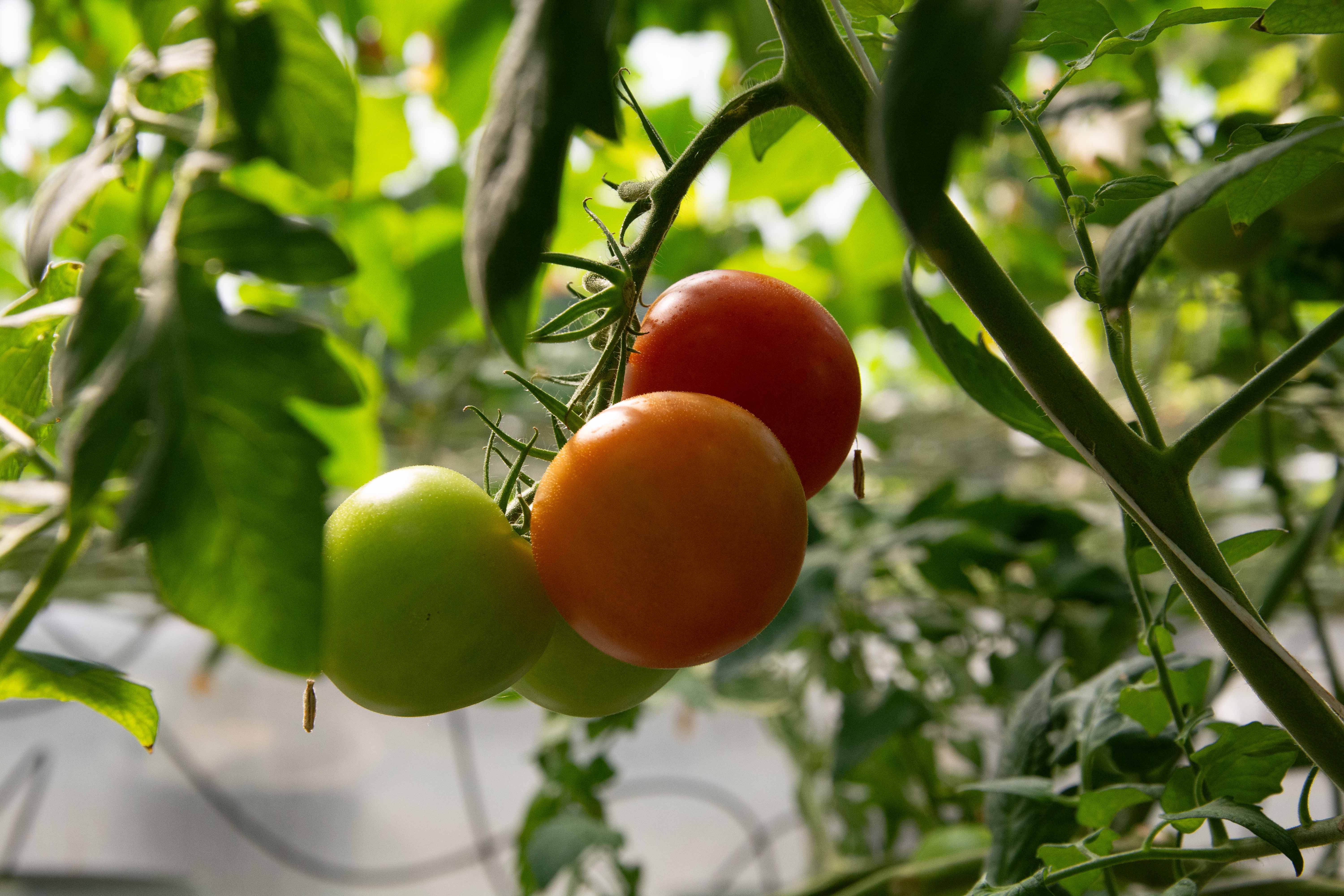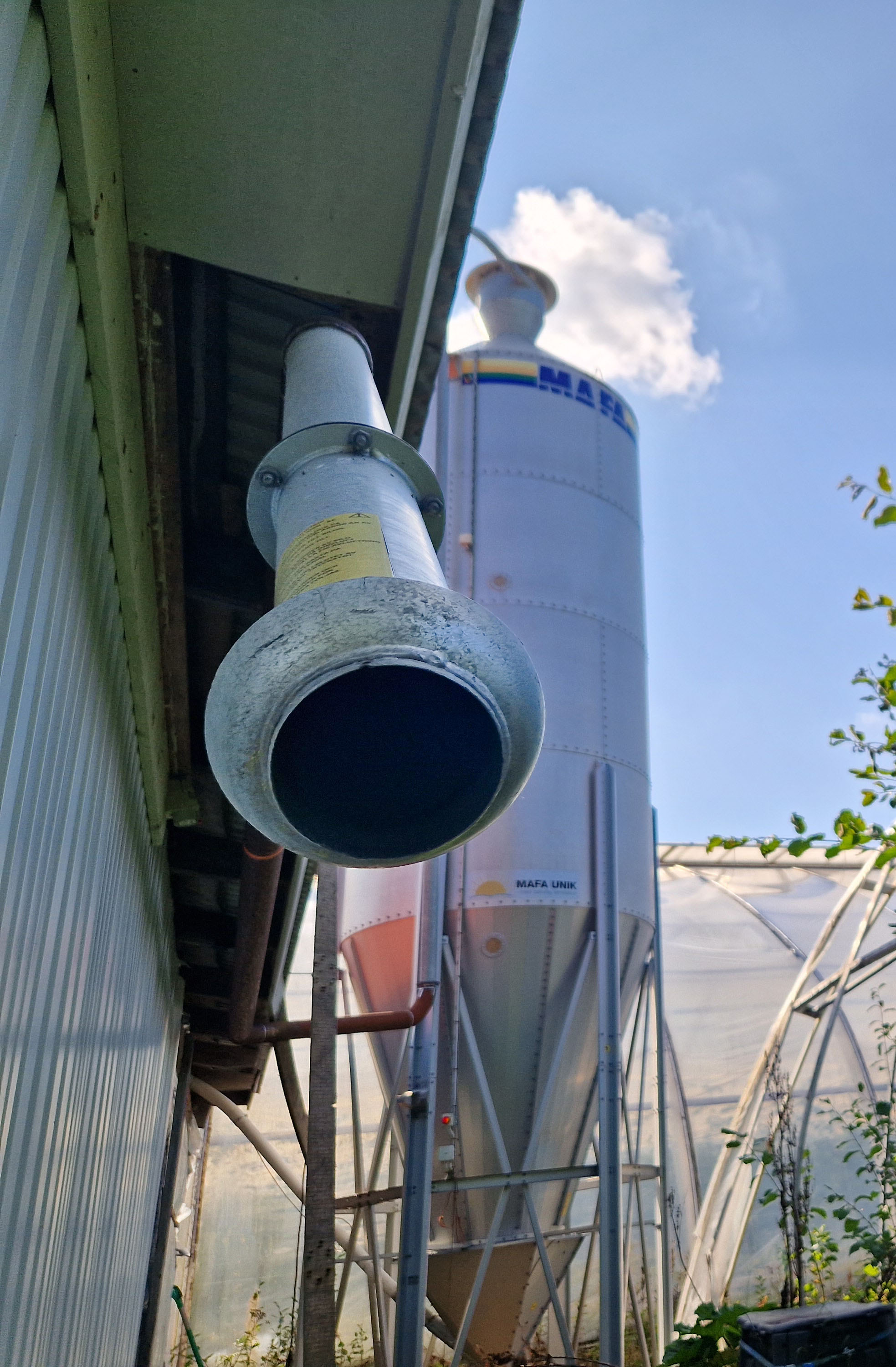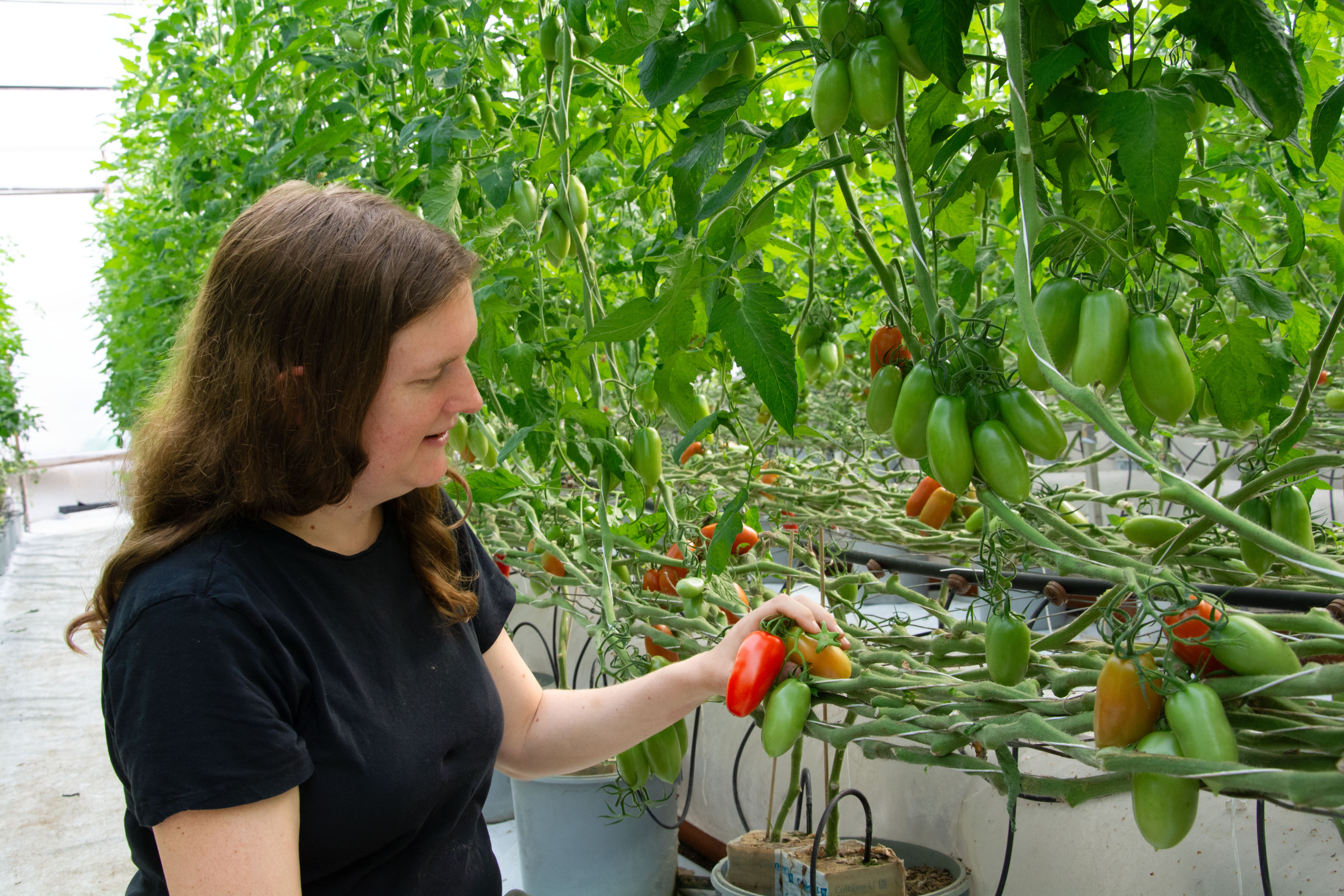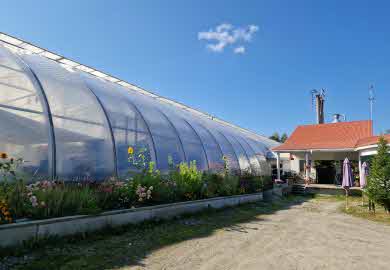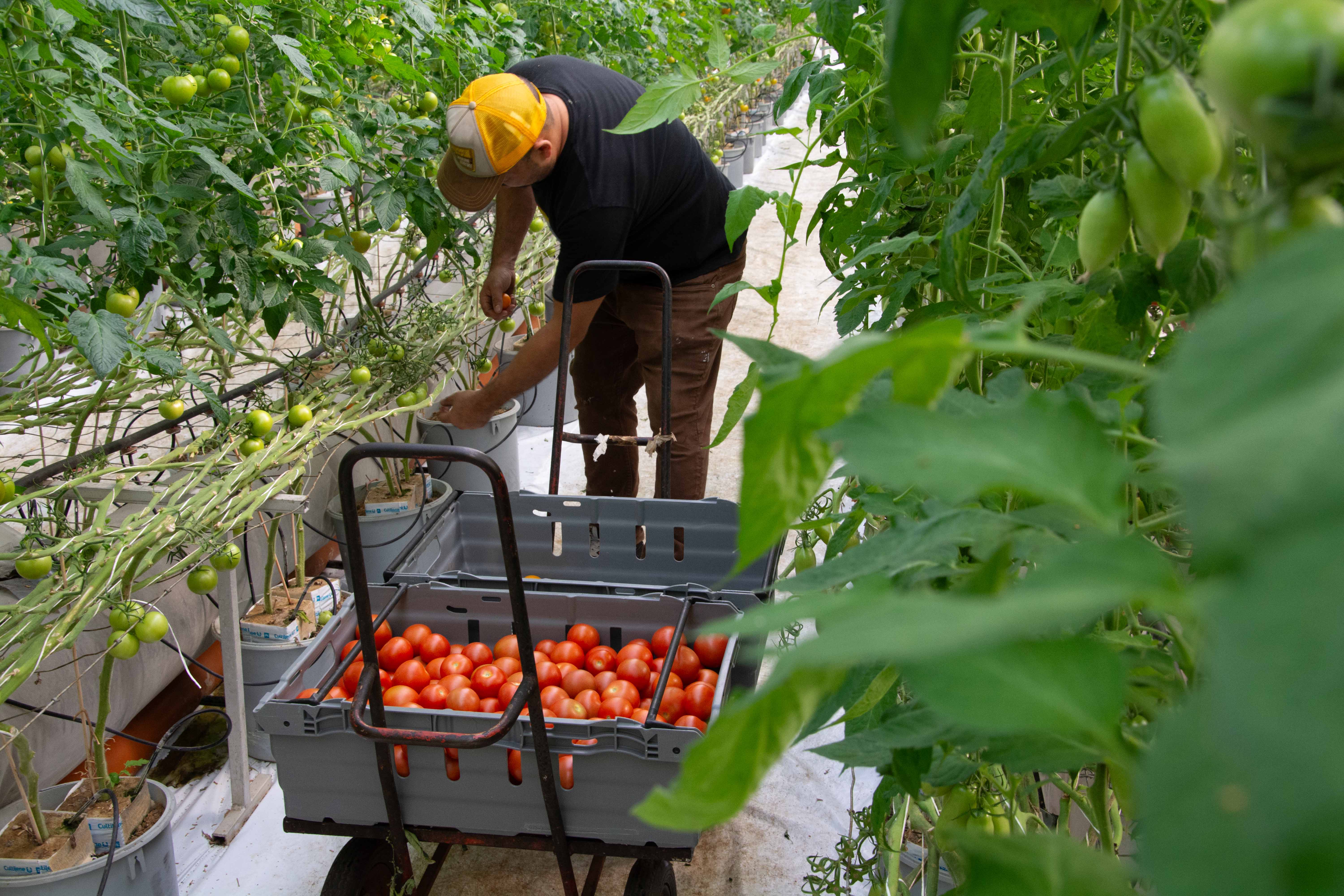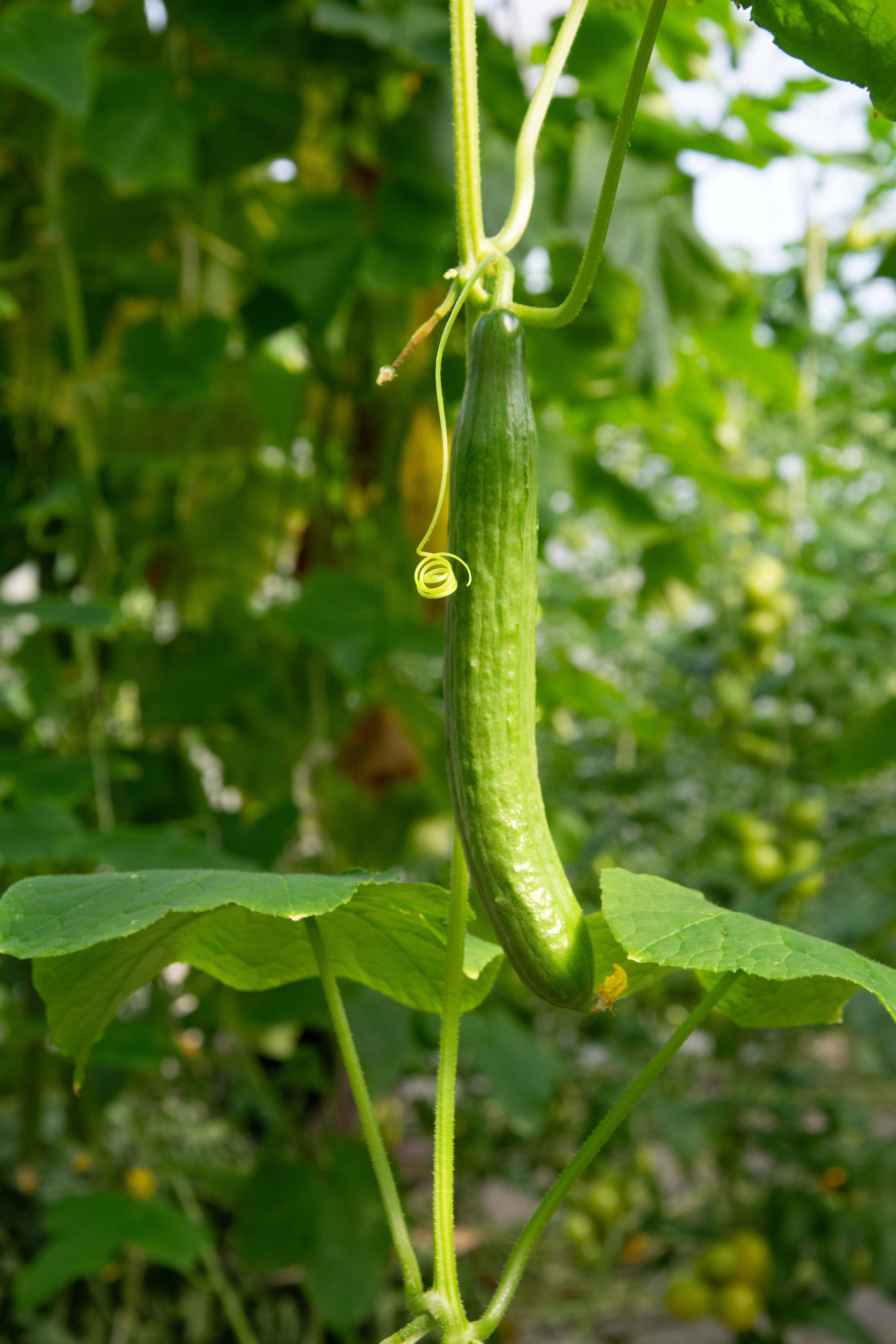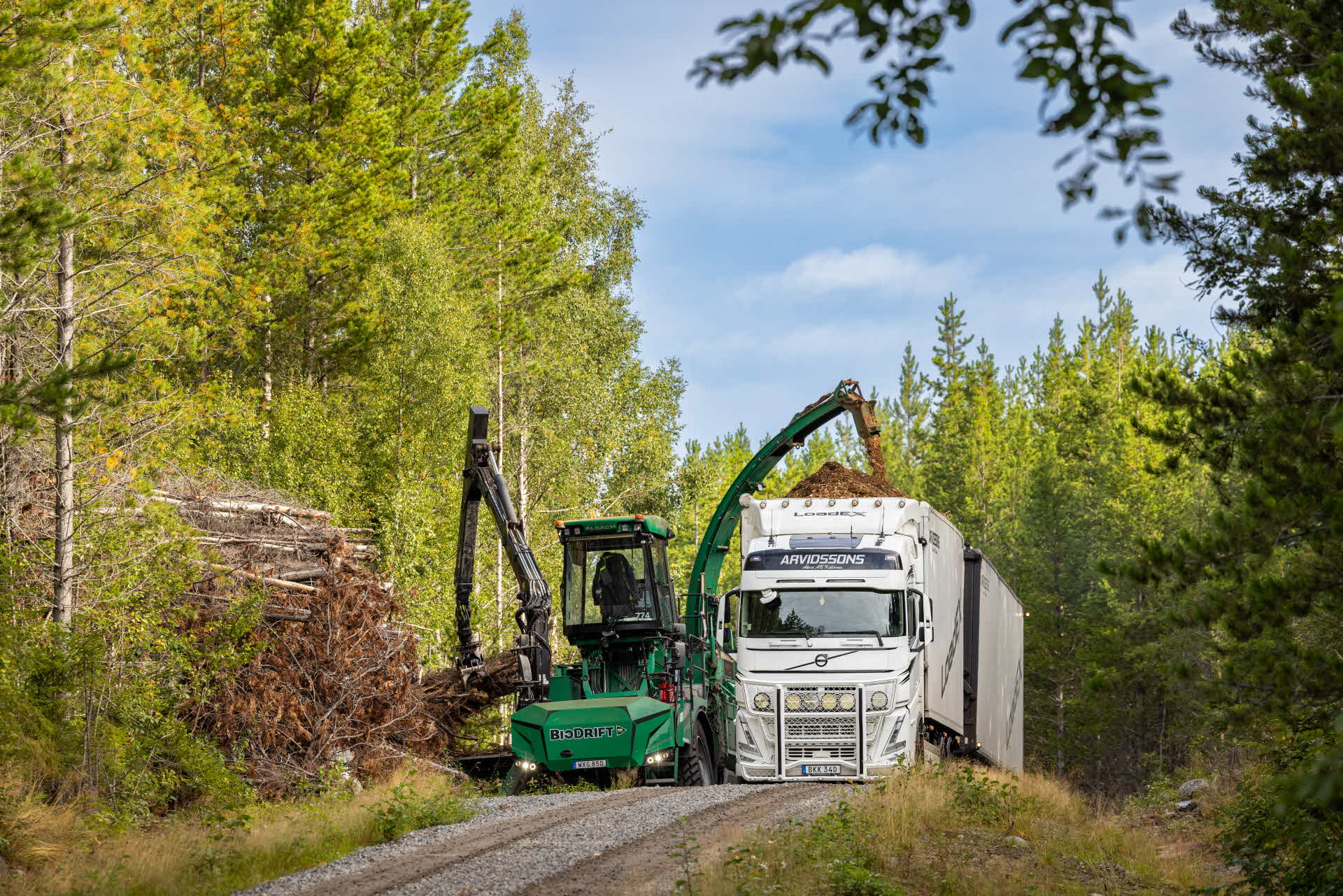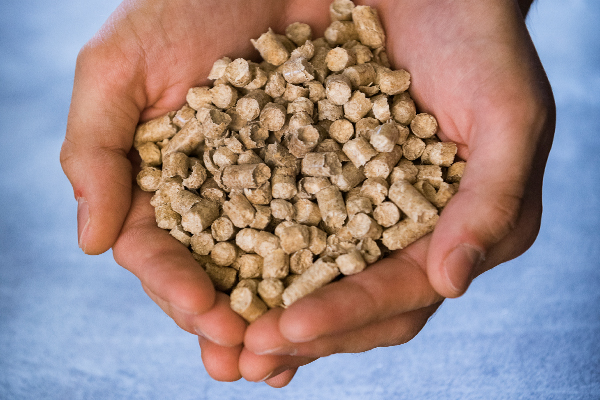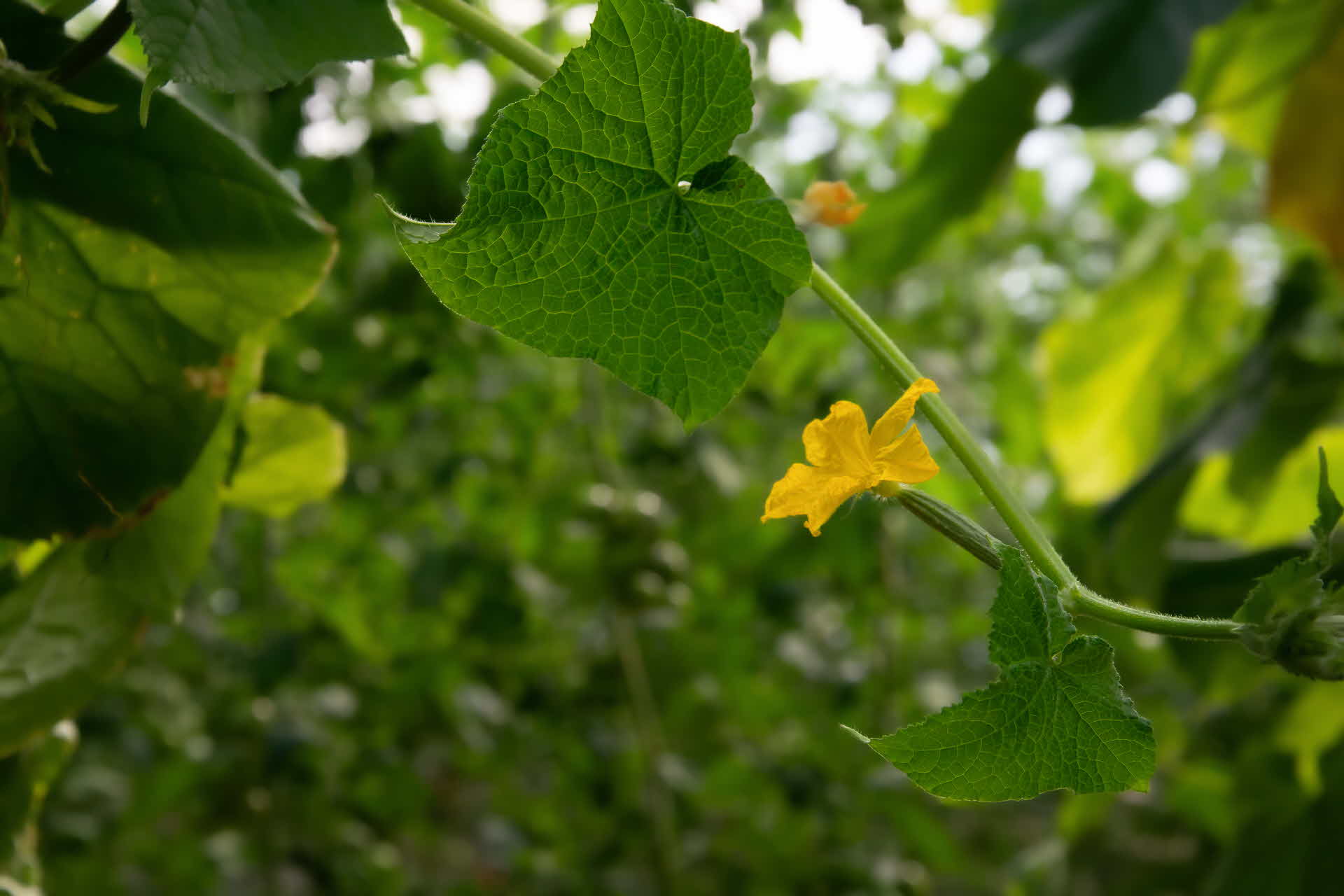
- MEDIA
- 14 TONS OF TOMATOES ARE GROWN USING PELLET HEATING
14 tons of tomatoes are grown using pellet heating
- Article
In Ljustorp, Medelpad, Eva and Jorge grow around 14 tons of unsprayed tomatoes each season. They use biological pest control, and the plants are cultivated with the help of renewable energy – pellet heating.
A family business with a focus on flavor – not quantity
Ljustorp Tomatoes was founded in 1989 by Eva’s parents. Today, Eva and Jorge run the business. Each season, they grow, harvest, and pack around 14 tons of tomatoes. In addition to fresh vegetables, they also sell ketchup, pickles, marmalade, and tomato sauce – all made from their own produce.
From March to September, the family business is in full swing seven days a week: tending to the plants, managing pests, picking tomatoes, packing and selling – and keeping the café running. Eva’s mother is still actively involved and bakes all the bread served at Café Pomodoro, open during the summer months. ("Pomodoro" means, of course, tomato.)
“The best part of this job is being your own boss and meeting so many lovely people,” says Jorge. “But running a family business also comes with a lot of responsibility. There’s no room for error. If the irrigation system fails even for a day, the whole season could be lost.”
Today, they grow around 20 different varieties of tomatoes – from big beefsteaks to tiny cherry tomatoes. Eva and Jorge focus on flavor rather than yield.
Switching to pellet heating
The greenhouses were originally heated with oil – the recommended option when Eva’s parents first made their investment. It was a familiar and trusted technology at the time.
But ten years ago, they made the environmentally conscious decision to switch to locally produced pellets. The transition was smooth since the existing oil boilers could be retrofitted with pellet burners.
“Of course, proper pellet boilers would be even better, with higher efficiency,” says Jorge,
“but that’s a major investment for a small family business.”
There are three boilers in total connected to the greenhouse, all running on pellets. Two of them are 200 kW pellet boilers that heat the greenhouse via fans. The third provides underfloor heating and is the first one fired up each season – warming the soil first, then the pots where the tomato plants are placed.
Environmental thinking at the core
Having multiple boilers isn’t just about efficiency – it’s essential backup. There’s also an electric heater on standby for the underfloor system, and they only use green electricity to power it.
“It’s really important to us to keep our production as environmentally friendly as possible,” says Eva.
Jorge adds that they’ve never used chemical pesticides. Instead, they buy biological pest control in small sachets – beneficial insects that eat harmful ones.
Water and nutrients are delivered to the planting buckets through a pipe system. One major advantage of using buckets is the ability to precisely manage nutrition, and also to collect any excess. Surplus nutrients drain into return tanks and can be reused.
“We’re not using organic fertilizer just yet,” Eva explains,
“but it’s a closed-loop system, so nothing escapes into the environment.”
Buzz at the local store
Bumblebees are essential for pollinating the tomato flowers. But how do you get bumblebees into a greenhouse?
“You just order them online,” Eva says with a smile,
“and they’re delivered to the local shop in Ljustorp.”
The greenhouse year
When SCA visited in September, all that remained was letting the last tomatoes ripen. After that comes a period of maintenance, cleaning, and a bit of vacation before the next season begins. Over the winter, the greenhouses are shut down and left cold.
“We actually welcome a few days of -20°C,” Eva says, “because it helps kill off any pests that might have escaped our cleaning.”
By March, the 16.5-ton pellet silo needs to be full. That’s when the process starts again – warming the ground loops and gradually heating the greenhouse. Then the new plants arrive, along with the ones they've grown from seed themselves.
“The smells are wonderful – that’s when greenhouse life begins again,” Eva says with a smile.
Throughout the growing season, the temperature must stay above 18°C in the greenhouse.
“The pellet deliveries from SCA have been reliable,” Eva says,“and so far, we’ve never failed to keep the heat up.”
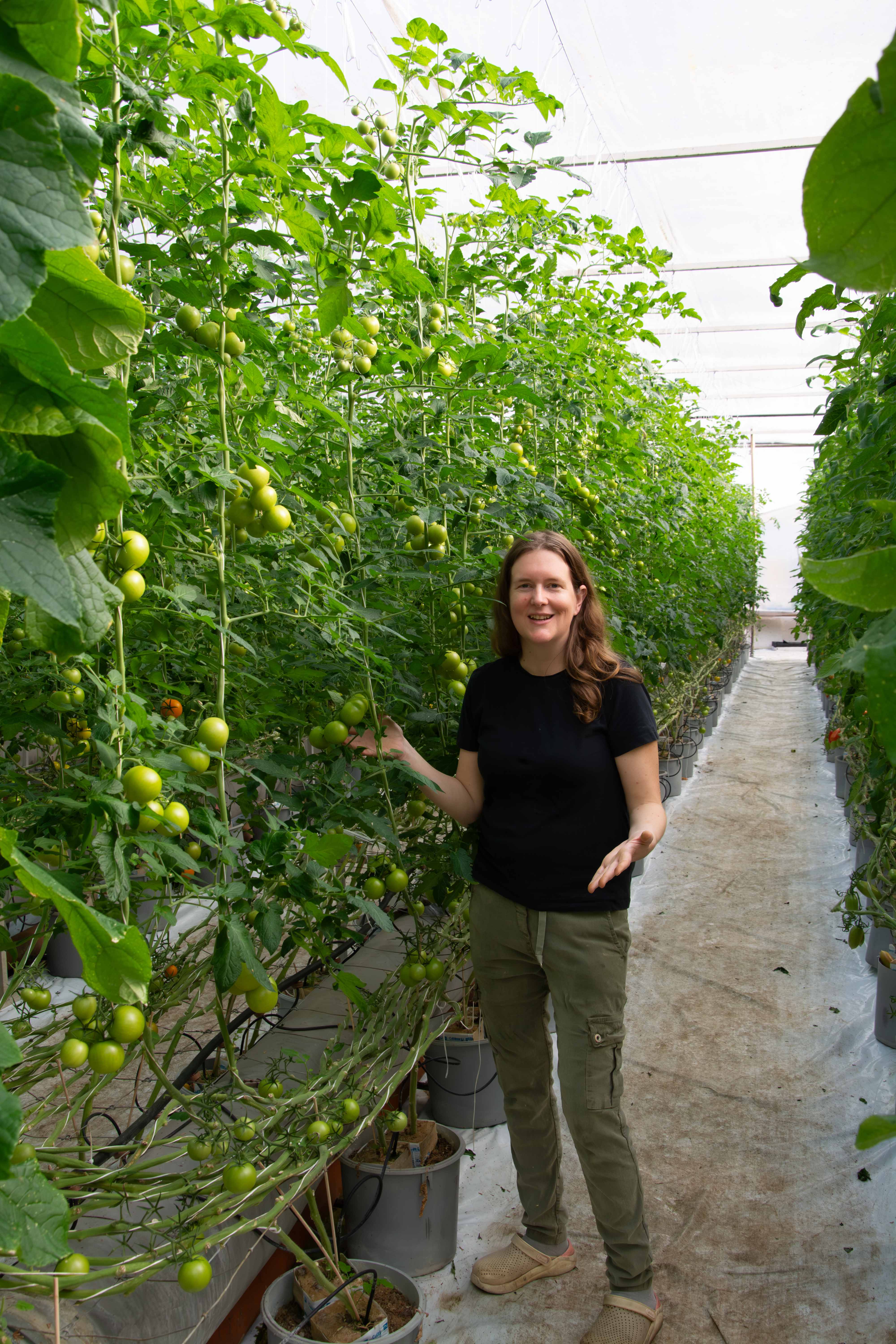
The pellet deliveries from SCA have been reliable and so far, we’ve never failed to keep the heat up.
